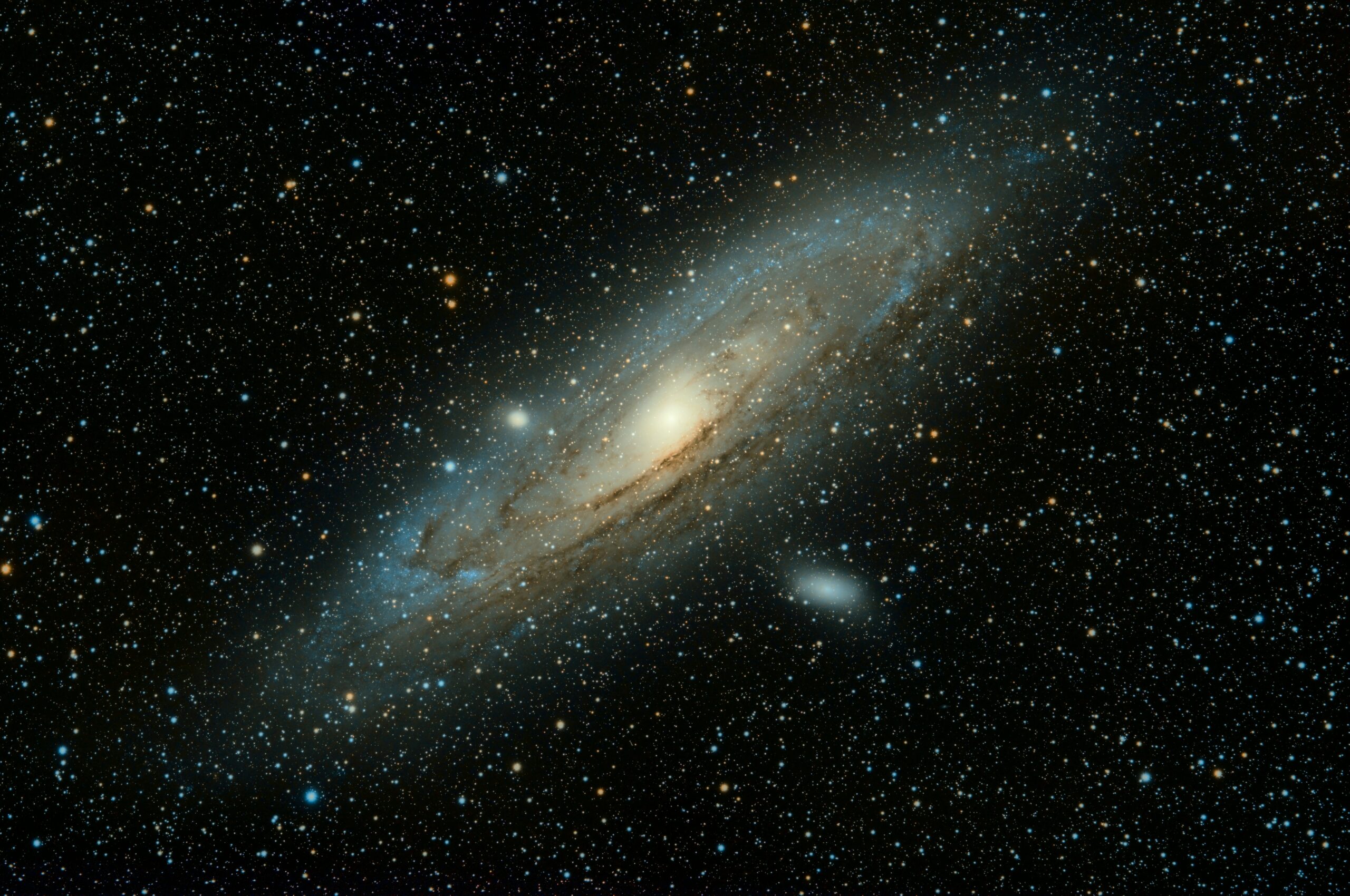
Exploring the Wonders of Our Solar System in the Milky Way Galaxy
Introduction
Welcome, fellow space enthusiasts, to an awe-inspiring journey through our very own solar system, nestled within the vast expanse of the Milky Way galaxy. Join us as we embark on an exploration of the celestial wonders that grace our cosmic neighborhood.
The Sun: Our Radiant Star
At the heart of our solar system lies the Sun, a magnificent ball of glowing gas that provides the life-giving energy necessary for all forms of life on Earth. This giant, burning star is the center of our solar system and holds everything within its gravitational embrace.
The Planets: Our Cosmic Companions
Our solar system is home to eight remarkable planets, each with its own unique characteristics and mysteries waiting to be unraveled.
Mercury: The Swiftest Planet
Mercury, the closest planet to the Sun, is a rocky world with a barren surface. It whizzes around the Sun at an astonishing speed, completing an orbit in just 88 Earth days.
Venus: The Fiery Planet
Venus, often referred to as Earth’s sister planet, is shrouded in a thick atmosphere of carbon dioxide, creating a runaway greenhouse effect. Its scorching surface temperatures make it the hottest planet in our solar system.
Earth: Our Beautiful Blue Oasis
Ah, our home planet! Earth is a haven for life, with its diverse ecosystems, vast oceans, and breathable atmosphere. It is the only planet known to support life as we know it, making it truly unique in the solar system.
Mars: The Red Planet
Mars, with its rusty-red appearance, has long captivated our imaginations. Scientists have discovered evidence of water on its surface, fueling the hope that Mars may have once harbored life or could potentially support human colonization in the future.
Jupiter: The King of the Planets
Jupiter, the largest planet in our solar system, is a gas giant with mesmerizing cloud bands and a colossal storm called the Great Red Spot. It has a retinue of moons, including Ganymede, the largest moon in the entire solar system.
Saturn: The Ringed Beauty
Saturn, famous for its stunning rings made up of ice particles and rocky debris, is a breathtaking sight. It boasts a diverse collection of moons and is known for its hexagonal-shaped storm at its north pole.
Uranus: The Tilted Planet
Uranus, the seventh planet from the Sun, is unique for its extreme axial tilt, causing it to rotate on its side. Its pale blue color is due to the presence of methane in its atmosphere.
Neptune: The Blue Giant
Neptune, the farthest known planet from the Sun, is a frigid, deep blue world. It has winds that reach supersonic speeds and a mysterious dark spot called the Great Dark Spot, similar to Jupiter’s Great Red Spot.
The Dwarf Planets: Pluto and Beyond
Notwithstanding the eight planets, our planetary group is likewise home to a few bantam planets, including Pluto. When considered the 10th planet, Pluto was renamed as a bantam planet in 2006. The revelation of other bantam planets like Eris and Make make has extended how we might interpret the external compasses of our planetary group.
The Moons: Mysteries in Orbit
Circling a considerable lot of the planets in our planetary group are entrancing moons, each with its own extraordinary highlights and potential for logical disclosure. From the volcanic movement on Jupiter’s moon Io to the subsurface sea on Saturn’s moon Enceladus, these heavenly bodies give an abundance of information and motivation.
Conclusion
As we conclude our cosmic journey through our solar system in the Milky Way galaxy, we are reminded of the vastness and beauty of the universe. The wonders of our solar system continue to captivate our imaginations and inspire us to explore further, seeking answers to the mysteries that lie beyond.
Let us continue to marvel at the celestial ballet of planets, moons, and stars, knowing that we are but a small part of a grander cosmic tapestry.



